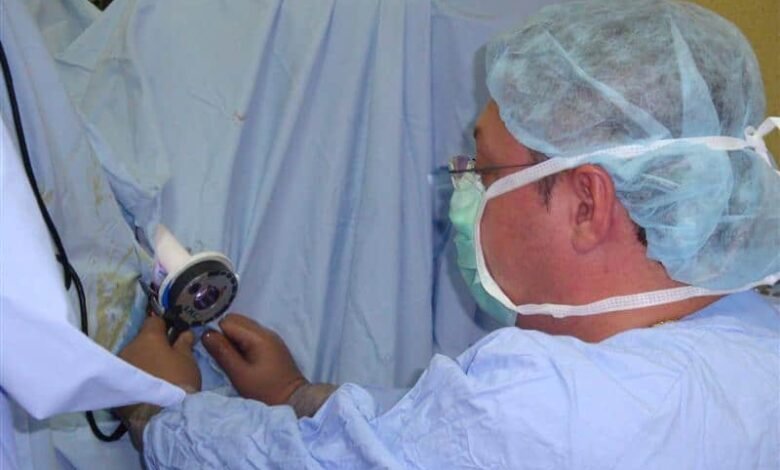6 symptoms of hemorrhoids

Bleeding during bowel movements, itching, and rectal pain are the most common symptoms of hemorrhoids. They are external and internal and the signs of the disease are different in both types.
Rectal pain mainly occurs with external hemorrhoids. Bleeding or hard, painful lumps may form under the skin. You may also notice traces of blood on the toilet paper after a bowel movement.
The most common symptom of internal hemorrhoids is rectal bleeding. You may find bright traces of blood on the toilet paper or scarlet blood in the toilet bowl after a normal bowel movement. Blood may also be seen on the surface of the stool.
Other symptoms of internal hemorrhoids may include:
Itching
This is a common complaint because internal hemorrhoids often seep mucus, which can irritate the skin of the anus and cause itching.
Skin irritation
Large hemorrhoids that protrude from the anus may secrete mucus that causes irritation. The secretion separated from the anus not only stains the underwear, but can also cause inflammation of the skin around the anal area.
Discomfort
The unpleasant sensation immediately after a bowel movement is due to the bulging hemorrhoids at the end of the large intestine (anal canal). In general, the larger the hemorrhoids, the greater the feeling of discomfort.
Pain
Most internal hemorrhoids are not painful. But large hemorrhoids that protrude from the anus can become painful if they swell and are compressed by the muscles that control the anus. Severe pain can be a sign that the blood supply to the hemorrhoids has been cut off and in this case emergency treatment is needed.
The pain is mainly provoked by trauma in the area, which occurs with constipation and hard feces. It becomes stronger when the condition becomes complicated and thrombosis or incarceration of the hemorrhoids occurs. We also experience pain when they are combined with anal fissure.
Bleeding
Blood due to inflamed hemorrhoids is scarlet in color. Bleeding is characteristic of internal hemorrhoids and occurs at the end of defecation. It can vary from a few drops to a real stream.
There is no pain during bleeding, it occurs due to the thinning of the mucous membranes and the rupture of the walls of the cavernous bodies. 80% of people with hemorrhoids complain of bleeding. It is dangerous because it can lead to chronic iron deficiency anemia.
Rectal prolapse
We are talking about rectal prolapse when internal hemorrhoids grow and protrude through the anus. In the first stage, this happens only when straining during a defecation or during heavy physical exertion, after which they go back into the anus.
Over time, this happens spontaneously and the hemorrhoids stay out, unable to come back. Rectal prolapse causes a feeling of heaviness, leads to mucus staining and secondary skin infections. There is a high risk of gangrene, secondary fistulas and necrosis.
Rectal bleeding, pain, and changes in bowel movements are also symptoms of cancer of the colon, rectum, or anus. People who have these symptoms, especially those who are 50 years of age and older, as well as people with a family history of colon cancer, should see their doctor.
Other conditions with symptoms similar to hemorrhoids include anal fissure or anal fistula, anorectal abscess, colon polyps, inflammatory bowel disease, particularly Crohn’s disease , rectal prolapse.



